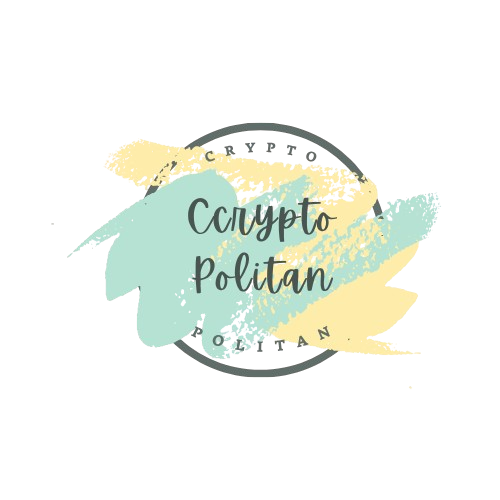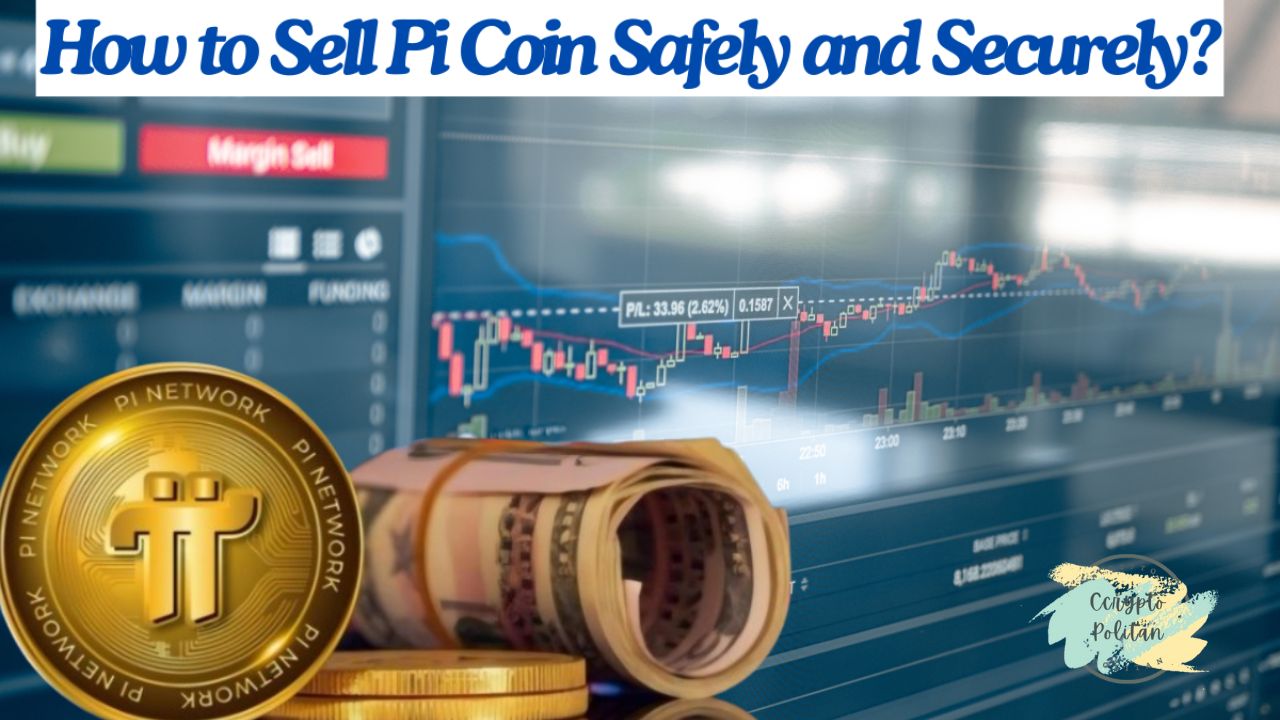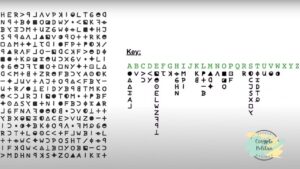If you’ve been “mining” Pi Coin on your phone, you’ve probably asked the big question: “When can I turn my Pi into actual money?” It’s a valid question that many in the Pi Network community are eager to answer. With millions of users and growing hype, the desire to sell Pi Coin is strong.
But can you actually do it?
This guide will give you a clear, no-nonsense look at the current status of selling Pi Coin, what the future holds, and how to stay safe from scams.
What is Pi Coin and Why is Everyone Talking About It?
The Pi Network is a cryptocurrency project designed to be accessible to everyone. Unlike Bitcoin, which requires powerful computers for mining, you can “mine” Pi Coins directly from your smartphone with minimal effort. This easy entry has attracted a massive user base, all accumulating coins in hopes they will one day have significant value.
The project is currently in a phase called the Enclosed Mainnet. This is a critical detail because it directly impacts your ability to sell your coins.
Can You Sell Pi Coin for Cash Today?
The short and simple answer is no, not officially.
Currently, the Pi Network is in its Enclosed Mainnet period. During this stage, the blockchain is live but firewalled, which prevents external connectivity. This means you cannot connect to other blockchains or list Pi Coin on major cryptocurrency exchanges like Binance, Coinbase, or KuCoin.
In simple terms: Pi Coin has no official market price and cannot be traded on the open market.
Any platform or person claiming to buy your Pi Coin for a fixed dollar amount today is likely a scam. The Pi Core Team has repeatedly warned users against participating in such unauthorized sales.
The “IOU” Listings: What Do They Mean?
You might have seen some exchanges listing a “Pi IOU” or “Pi futures.” These are not the real Pi Coin.
An IOU (I Owe You) is a speculative token that represents a debt for a real Pi Coin once the Open Mainnet launches. Traders are essentially betting on the future price of Pi. The prices you see for these IOUs are highly speculative and do not reflect the true value of your mined Pi. Trading them is risky and not endorsed by the Pi Network.
How to Prepare to Sell Pi Coin in the Future
While you can’t sell your coins now, the ultimate goal of the Pi Network is to launch the Open Mainnet. Once that happens, the firewall will be removed, and Pi will be tradable on public exchanges.
Here are the essential steps you need to complete to be ready for that day:
1. Complete Your Mainnet Checklist
Inside the Pi app, there’s a Mainnet Checklist. This is your roadmap to getting your coins ready for transfer. It includes crucial steps like:
- Downloading the Pi Browser app.
- Creating a Pi Wallet (and safely storing your passphrase!).
- Committing to a lockup configuration (optional, but can boost your mining rate).
- Completing the Know Your Customer (KYC) process.
2. Pass KYC Verification
KYC is mandatory. It’s a standard identity verification process that helps prevent fake accounts and ensures compliance with regulations. Without passing KYC, you will not be able to transfer your mined Pi to your Mainnet wallet. If your KYC application is pending, be patient, as the team is processing millions of users.
3. Wait for the Open Mainnet Launch
This is the final and most important step. The Pi Core Team has not announced an official date for the Open Mainnet launch. They have stated it will happen when a sufficient number of users have passed KYC and the ecosystem of Pi apps is more developed. Keep an eye on the official Pi Network announcements for updates.
How Will You Be Able to Sell Pi Coin After Open Mainnet?
Once the Open Mainnet is live, selling your Pi will likely follow the standard process for any other cryptocurrency:
- Transfer Pi to an Exchange: Major cryptocurrency exchanges will need to list Pi Coin. Once they do, you’ll be able to transfer your Pi from your Pi Wallet to your account on that exchange.
- Sell for Fiat or Crypto: On the exchange, you can trade your Pi for fiat currency (like USD, EUR) or other cryptocurrencies (like Bitcoin or Ethereum).
- Withdraw Your Money: After selling, you can withdraw the funds to your personal bank account.
Another possibility is peer-to-peer (P2P) trading, where you sell your Pi directly to another person for goods, services, or cash. The Pi platform is building an ecosystem to facilitate this, but safe and large-scale P2P transactions will be more practical after the Open Mainnet launch.
Beware of Scams
The excitement around Pi has created a breeding ground for scams. Here’s what to watch out for:
- Fake Exchanges: Scammers create websites that look like legitimate crypto exchanges, promising to let you sell your Pi. They will steal your coins or personal information.
- Phishing Attempts: Be wary of emails or messages asking for your Pi Wallet passphrase or account login details. Never share your wallet passphrase with anyone.
- Unofficial Sellers: Anyone DMing you on social media to buy your Pi is almost certainly a scammer.
Rule of thumb: Only trust information from the official Pi Network app and their official social media channels.
The Bottom Line
Patience is key for any Pi Network user. While you can’t sell your Pi Coin today, the project is moving toward a future where that will be possible. Your focus right now should be on completing your Mainnet Checklist and securing your account.
By staying informed and avoiding scams, you’ll be in the best position to take action when the Pi Network finally opens its doors to the public crypto market.









